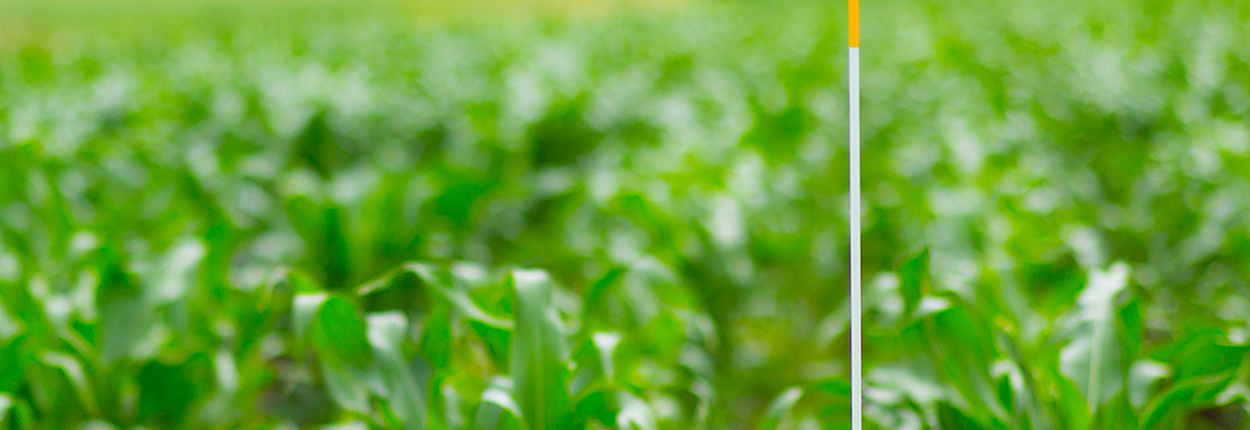Whenever you’re working around chemicals, there are risks involved. However, you can minimize these risks with the proper chemical handling safety equipment, and gloves play an instrumental part in protecting your hands, arms, and even eyes from potential exposure. Here’s how to choose the right gloves for the job.
Pesticide handling poses a risk because of the toxic nature of the chemicals, so you always need the right protective equipment when handling them, and you should never overlook the importance of wearing PPE gloves. Even when wearing gloves while working with pesticides, you still need to work with care, but they allow you to work much more comfortably and safely.
Choosing the right gloves to use when handling pesticides is crucial. Even the tiniest drop on bare or poorly protected skin can lead to chemical burns or accidental ingestion. Here are three things to look for when choosing your pesticide gloves.
Three Things to Look for in Gloves for Pesticides
Pesticide handling is a precise yet dangerous process. The key to finding the right glove for the job is knowing what to look for in both material composition and design, so you can safely prioritize precision. Here are a few important points to consider.
Materials
The most common type of gloves for pesticides is butyl or nitrile. Some of these are reusable, while others are designed to be disposed of after a single-use. The option you choose will also be directly related to the type of pesticide you’re using, but they should always be chemical resistant and suited to the specific type of pesticide you’re handling. For example, latex works for dry formulations but won’t protect against liquid pesticides because they’re relatively permeable. Nitrile and PVC gloves offer excellent protection against both liquid and dry chemicals because they’re less permeable.
The last glove material you ever want to use when handling pesticides is cotton or leather. These materials absorb the chemicals you’re handling and hold them close to your skin for extended periods.
Design
If you’re using regular work gloves, they likely end at your wrist or the middle of your forearm. When handling pesticides, however, you should tuck the gloves into a long-sleeve shirt or choose gloves that go up to your elbow to provide maximum splash protection.
Additional Features
You may also want additional features that make your gloves easier to use. Gloves that lack a liner are easier to remove, and you don’t risk having the contaminated outer portions touching your skin or clothing. You may also want waterproof designs, especially if you’re working around a lot of water—even if your gear is built for pesticides, they may not be completely resistant to submersion in liquids.
Choose your gloves based on the specific task at hand, and you’ll have a safer and better work experience.
Why You Can’t Skip on Proper Protection
Good gloves protect your skin from itching, burning, or peeling when you come into contact with pesticides. When you need the best chemical handling equipment around, choose Accu-Tech PPE products. Since 2004, Axiom Products has delivered the precision, accuracy, and safety agricultural workers across the nation demand with a complete line of chemical measuring and handling products.



